Home>Garden Essentials>How To Grow Palm Tree From Seed
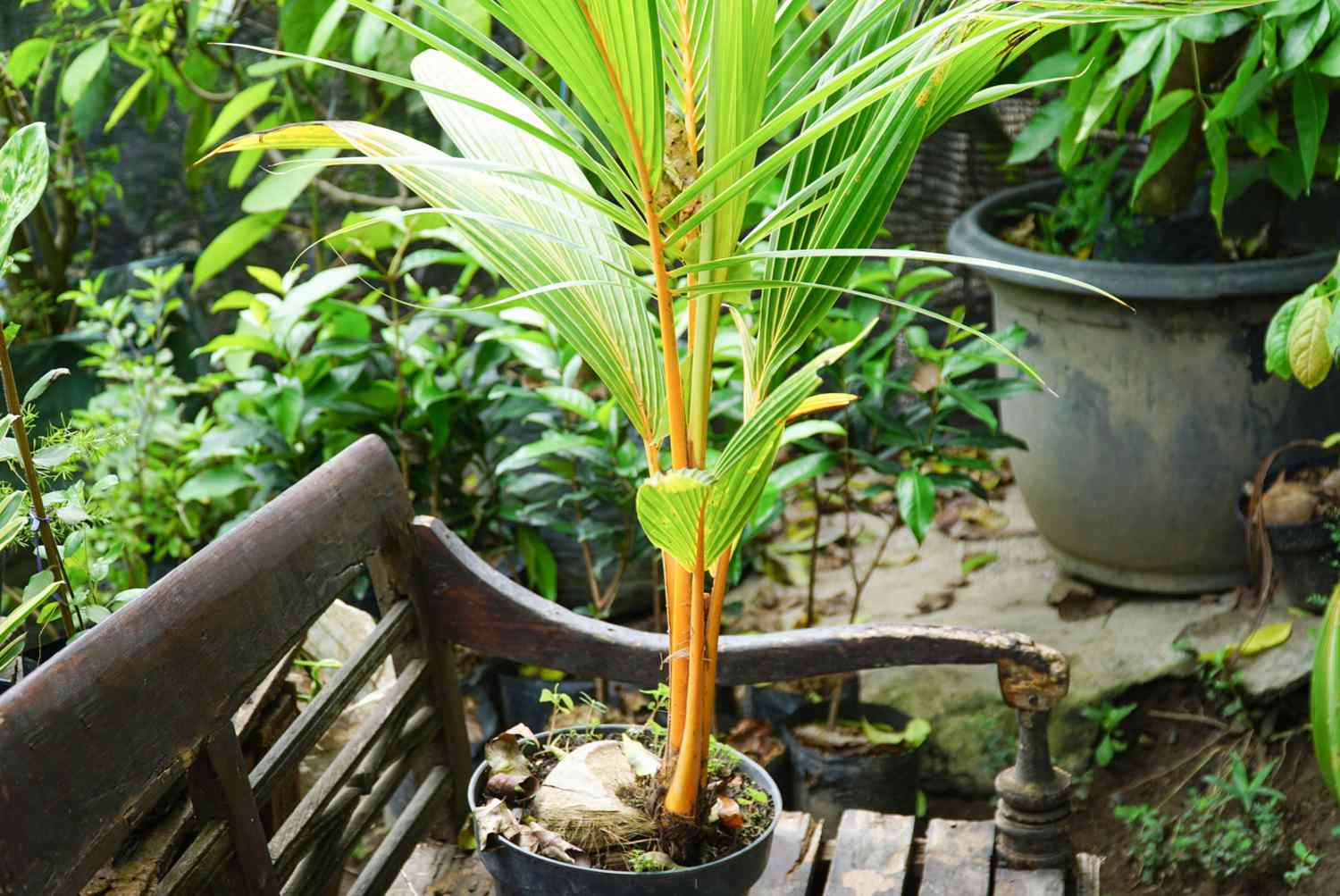

Garden Essentials
How To Grow Palm Tree From Seed
Modified: October 20, 2024
Learn the step-by-step process of growing a beautiful palm tree from seed in your garden. Discover the secrets to successful palm tree cultivation and create a tropical paradise in your backyard.
(Many of the links in this article redirect to a specific reviewed product. Your purchase of these products through affiliate links helps to generate commission for Storables.com, at no extra cost. Learn more)
Introduction
Welcome to the world of palm trees! Growing palm trees from seed can be a rewarding and fulfilling experience for any gardening enthusiast. Whether you have always admired the lush foliage and tropical allure of palm trees, or you simply want to add a touch of exotic beauty to your garden, this guide will provide you with all the information you need to successfully grow palm trees from seed.
There is something truly magical about starting with a tiny seed and watching it transform into a magnificent palm tree. However, it is essential to understand that growing palm trees from seed requires patience, attention to detail, and a bit of gardening know-how.
In this article, we will take you through a step-by-step process of growing palm trees from seed. We will cover everything from gathering the necessary supplies and preparing the seed to the germination process, transplanting, and providing the right care for your growing palm tree.
Before we dive into the specifics, let’s take a moment to appreciate the beauty and diversity of palm trees. With their tall trunks, graceful fronds, and iconic shapes, palm trees evoke feelings of relaxation, vacation, and the tropics. From the majestic coconut palm to the elegant fan palm, there is a palm tree variety to suit every gardener’s taste.
Whether you live in a tropical climate or you want to bring a touch of the tropics to your backyard, growing palm trees from seed allows you to witness the entire life cycle of these magnificent plants. It’s a rewarding journey that starts with a small, unassuming seed and ends with a thriving palm tree that brings beauty and serenity to your outdoor space.
So, if you’re ready to embark on this exciting gardening adventure, let’s dive in and learn how to grow palm trees from seed! Remember, patience is key, and with the right knowledge and care, you can nurture your own tropical oasis right at home.
Key Takeaways:
- Growing palm trees from seed is a rewarding journey that requires patience, attention to detail, and the right supplies. With proper care, you can nurture your own tropical oasis at home.
- Monitoring the growth and health of your palm trees is crucial for their long-term vitality. Regular observation, proactive care, and timely troubleshooting can help overcome common issues and maintain vibrant, healthy palm trees.
Read more: How To Grow A Date Palm From Seed
Step 1: Gathering Supplies
Before you begin the process of growing palm trees from seed, it’s important to gather all the necessary supplies. Having everything prepared in advance will ensure a smooth and successful journey from seed to tree.
Here are the essential supplies you will need:
- Palm tree seeds: Start by acquiring palm tree seeds. You can purchase them online, at local nurseries, or even collect them from ripe palm fruits that have fallen to the ground. Ensure that the seeds are fresh and healthy for optimal germination.
- Pot or container: Choose a pot or container that is large enough to accommodate the growing palm tree. It should have drainage holes to prevent waterlogged soil, which can lead to root rot.
- Seed-starting mix: Use a well-draining seed-starting mix that is suitable for palm tree seeds. Avoid regular garden soil, as it may retain too much moisture and hamper germination.
- Watering can or spray bottle: You’ll need a watering can with a rose attachment or a spray bottle to gently water the seeds and seedlings. This allows you to provide moisture without disturbing the delicate roots.
- Transparent plastic wrap or propagator: To create a greenhouse-like environment and maintain humidity, cover the pot or container with transparent plastic wrap or use a propagator specifically designed for seed germination.
- Grow lights (optional): If you don’t have access to sufficient natural light, you can supplement it with artificial grow lights. Palm trees require ample sunlight for healthy growth, so providing supplemental light ensures they receive the necessary light energy.
- Fertilizer: Once the seedlings have emerged, you’ll need a balanced palm tree fertilizer to provide essential nutrients. Look for a fertilizer specifically formulated for palm trees, which typically contains a balanced ratio of nitrogen, phosphorus, and potassium.
By gathering these supplies in advance, you’ll be well-prepared to begin the journey of growing palm trees from seed. Next, we’ll explore how to prepare the seed for germination.
Step 2: Preparing the Seed
Before you can germinate palm tree seeds, it’s important to properly prepare them for optimal germination. This step ensures that the seeds are in the best possible condition to sprout and start their journey of growth. Here’s how to prepare palm tree seeds:
- Clean the seeds: If you collected the seeds from ripe palm fruits, start by cleaning them to remove any debris or pulp. Gently wash the seeds with clean water and let them dry completely before moving on to the next step.
- Soak the seeds: Some palm tree seeds, especially larger ones, benefit from soaking before planting to soften the outer shell and encourage germination. Fill a container with warm water and add the seeds. Allow them to soak for 24 to 48 hours.
- Scarify the seeds (optional): Certain palm tree seeds have a hard outer shell that can inhibit germination. To break through this barrier and promote successful germination, you can scarify the seeds. This process involves gently scraping or nicking the seed coat with a file or sandpaper. Be careful not to damage the inner seed.
- Stratify the seeds (optional): In nature, palm tree seeds often go through a period of stratification, which involves exposure to a cool and moist environment for a certain period of time. This process can help break seed dormancy, especially for species originating from cooler climates. If you live in a suitable climate, you can mimic this process by placing the seeds in a sealed plastic bag with a damp paper towel and refrigerating them for 4 to 6 weeks.
- Inspect for viability: Before planting the seeds, it’s a good idea to inspect them for viability. Look for any signs of damage or mold, and discard any seeds that appear unhealthy or discolored. Healthy seeds are more likely to germinate successfully and produce vigorous seedlings.
By properly preparing the seeds, you increase the chances of successful germination and healthy seedling development. Once the seeds are ready, it’s time to move on to the next step: the germination process.
Step 3: Germination Process
The germination process is where the magic happens, as you witness the transformation of the palm tree seed into a tiny seedling. It’s an exciting phase that requires the right conditions to facilitate successful germination. Follow these steps to germinate your palm tree seeds:
- Prepare the seed-starting mix: Fill your pot or container with a well-draining seed-starting mix. Moisten the mix with water until it is evenly damp but not soaked. Excess moisture can lead to fungal growth and rot the seeds.
- Plant the seeds: Gently press the prepared palm tree seeds into the soil mix, ensuring they are covered with a thin layer of soil. Planting depth may vary depending on the palm tree species, but as a general rule, plant the seeds at a depth roughly equal to their size.
- Maintain optimal temperature: Palm tree seeds generally require warm temperatures to germinate. Aim for a temperature range between 80-95°F (27-35°C). You can use a heating mat or place the pots in a warm location, such as on top of the refrigerator or near a heat source.
- Provide adequate moisture: Keep the soil consistently moist during the germination process. Use a watering can with a rose attachment or a spray bottle to water the seeds gently, avoiding excessive moisture. Consider covering the pot with transparent plastic wrap or using a propagator to maintain humidity.
- Be patient and wait for germination: Germination times vary depending on the palm tree species. Some seeds may sprout within a few weeks, while others can take several months. During this time, resist the urge to disturb the seeds or check for progress too frequently. Seeds may take longer to germinate if conditions are not ideal.
- Monitor and adjust as needed: Regularly check the moisture levels of the soil to ensure it remains consistently damp. Avoid overwatering, as this can lead to seed rot. If mold or fungal growth occurs, reduce humidity levels or increase airflow around the seeds.
Remember, patience is key during the germination process. It may take some time for the seeds to sprout, so be patient and allow nature to take its course. Once the seedlings emerge and begin to grow, it’s time to transplant them into individual pots or containers.
Step 4: Transplanting the Germinated Seed
Once your palm tree seeds have successfully germinated and the seedlings have developed, it’s time to transplant them into their individual pots or containers. Transplanting allows the seedlings to have more space for their roots to grow and ensures they receive the proper nutrients and care. Follow these steps to transplant your germinated palm tree seedlings:
- Prepare individual pots: Choose pots or containers that are large enough to accommodate the growing root system of the palm tree seedlings. The pots should have drainage holes to prevent waterlogging.
- Fill pots with well-draining soil mix: Use a well-draining soil mix suitable for palm trees. You can mix garden soil with sand or perlite to ensure proper drainage. Fill the pots with the soil mix, leaving some space at the top for watering.
- Carefully remove the seedlings: Gently remove the germinated palm tree seedlings from the original pot, being careful not to damage their delicate roots. Use a small gardening tool or your fingers to lift the seedlings out of the soil.
- Transplant the seedlings: Create a hole in the center of each new pot and carefully place the seedling into the hole. Ensure that the seedling is at the same depth it was in the original pot. Gently press the soil around the base of the seedling to secure it in place.
- Water the transplanted seedlings: Give the newly transplanted seedlings a thorough watering to help them settle into their new pots. Water the soil until it is evenly moist, but avoid overwatering, as this can lead to root rot. Allow excess water to drain out of the bottom of the pots.
- Place the seedlings in a suitable location: Choose a location that provides the right amount of sunlight for your specific palm tree species. Most palm trees require bright, indirect sunlight, while some may tolerate partial shade. Avoid placing the seedlings in direct, intense sunlight as it can scorch the leaves.
- Monitor and care for the transplanted seedlings: Keep a close eye on the newly transplanted seedlings and ensure they receive proper care. Water the seedlings regularly, but allow the soil to dry out slightly between waterings. Provide a balanced palm tree fertilizer at the appropriate interval, following the instructions on the packaging.
Transplanting the germinated seedlings gives them the space and resources they need to continue growing into healthy palm trees. With proper care and attention, your transplanted palm tree seedlings will thrive and eventually become stunning additions to your garden or indoor space.
Soak the palm seeds in warm water for 24 hours to soften the outer shell. Plant the seeds in a well-draining soil mix, keep it consistently moist, and place it in a warm, sunny spot. It may take several weeks for the seeds to germinate.
Read more: How To Grow A Tree From A Seed
Step 5: Providing the Right Care
Now that your palm tree seedlings have been transplanted and are starting to grow, it’s crucial to provide them with the right care to ensure their healthy development. Proper care involves several key factors, including watering, sunlight, temperature, and fertilization. Here are the essential aspects of caring for your palm trees:
- Watering: Palm trees generally prefer moderate watering. Keep the soil evenly moist, but avoid overwatering, as it can lead to root rot. As a general rule, water the palm tree deeply when the top inch of soil feels dry. Adjust the frequency based on weather conditions and the specific needs of your palm tree species.
- Sunlight: Most palm trees thrive in bright, indirect sunlight. Find a location that provides sufficient light for your particular palm tree species. Avoid exposing them to intense, direct sunlight for extended periods, as it can scorch the leaves. If you’re growing palm trees indoors, place them near a window where they can receive adequate sunlight, or use artificial grow lights as supplemental lighting.
- Temperature: Palm trees have different temperature preferences depending on their species. Research the specific temperature requirements of your palm tree variety and provide optimal conditions accordingly. Generally, most palm trees prefer warm climates, but some can tolerate cooler temperatures or even frost. Protect your palm trees from freezing temperatures and provide supplemental heating if needed.
- Fertilization: Palm trees benefit from regular fertilization to maintain healthy growth. Use a balanced palm tree fertilizer that is specifically formulated for their nutritional needs. Follow the instructions on the fertilizer packaging for the appropriate application rate and frequency. Apply the fertilizer around the base of the palm tree, avoiding direct contact with the trunk.
- Pruning: While palm trees do not require extensive pruning, occasional maintenance pruning can help remove dead or damaged fronds. Prune any yellow or brown fronds using sharp, clean pruning shears. Be cautious not to remove too many healthy fronds, as they play a vital role in the tree’s photosynthesis process.
- Pest and disease control: Keep an eye out for common palm tree pests and diseases such as aphids, scales, or fungal infections. Regularly inspect your palm trees for any signs of infestation, discoloration, or lesions. If you notice any issues, consult with a professional or local nursery to determine the appropriate treatment.
By providing the right care, you can ensure the health and vitality of your palm trees as they continue to grow and flourish. Regular monitoring, proper watering, suitable light exposure, and timely fertilization will contribute to the long-term success of your palm tree garden.
Step 6: Monitoring Growth and Progress
As your palm trees continue to grow, it’s important to monitor their growth and progress to ensure they are developing in a healthy and thriving manner. Regular monitoring allows you to spot any potential issues or concerns early on and take appropriate action. Here are some key aspects to consider when monitoring the growth of your palm trees:
- Height and size: Keep track of the height and overall size of your palm trees. Different palm tree species have different growth rates, so it’s important to know the expected height and size for your specific variety. If you notice slow or stunted growth, it could indicate a nutrient deficiency or other underlying issues.
- Leaf color and condition: Pay close attention to the color and condition of the palm tree’s leaves. Healthy leaves should have a vibrant green color. Yellowing, browning, or wilting leaves could be a sign of nutrient deficiencies, overwatering, or pests. Remove any dead or damaged leaves promptly to maintain the overall health of the plant.
- Roots: Although palm tree roots are typically not visible above ground, it’s still important to be aware of any signs of root issues. If you notice soil erosion around the base of the tree, a weakening trunk, or a decline in overall health, it could indicate root damage or disease. Consult a professional for assistance if you suspect root problems.
- Growth rate: Keep track of the growth rate of your palm trees. Regularly measure the height and width of the trunk to gauge how quickly the tree is growing. If you notice a drastic change in growth rate or sudden stunting, it’s worth investigating the underlying cause, such as improper care, nutrient deficiencies, or environmental factors.
- Overall health: Assess the overall health and appearance of your palm trees. Look for signs of distress, such as drooping fronds, discoloration, or lack of new growth. Conduct regular inspections to spot any pests or diseases early on. Maintaining the overall health of your palm trees ensures their long-term vitality.
- Environmental conditions: Consider the environmental conditions surrounding your palm trees. Changes in temperature, humidity levels, or exposure to extreme weather conditions can impact their growth. Adjust care and provide protection as needed to ensure the palm trees thrive in their environment.
By monitoring these aspects regularly, you can catch any issues early and take appropriate action to promote the health and well-being of your palm trees. Remember to be observant, make necessary adjustments in care, and seek professional assistance if needed to address any concerns that arise during the monitoring process.
Step 7: Troubleshooting Common Issues
Even with the best care and attention, palm trees may encounter some common issues along their growth journey. It’s important to be aware of these potential problems and have strategies in place to troubleshoot and address them effectively. Here are some common issues you may encounter with palm trees and how to deal with them:
- Yellowing fronds: Yellowing fronds can indicate various issues such as nutrient deficiencies, overwatering, or underwatering. Assess the moisture levels of the soil and adjust watering accordingly. Consider applying a palm-specific fertilizer to address nutrient deficiencies. If the issue persists, consult a professional for further guidance.
- Brown or wilting fronds: Browning or wilting fronds can be a sign of inadequate water supply, excessive heat, or pest infestation. Ensure that your palm tree is receiving sufficient water and monitor environmental conditions. If pest infestation is suspected, take appropriate measures such as using insecticidal soap or seeking professional assistance.
- Root rot: Root rot can occur if the palm tree is consistently overwatered or planted in poorly draining soil. To prevent root rot, make sure the soil has proper drainage and water the palm tree appropriately. If root rot is suspected, consult a professional for advice on how to treat the issue.
- Pest infestation: Palm trees can be susceptible to pests such as aphids, scales, or mealybugs. Regularly inspect your palm trees for signs of infestation, such as sticky residue on leaves, distorted growth, or visible pests. Treat the infestation with appropriate insecticides or seek professional assistance if needed.
- Fungal infections: Fungal infections can occur in damp and humid conditions or as a result of overwatering. Ensure proper air circulation around the palm tree and avoid excessive moisture. If fungal infections are present, remove affected leaves and apply appropriate fungicides according to the product instructions.
- Nutrient deficiencies: Palm trees may exhibit nutrient deficiencies, which can manifest as yellowing or stunted growth. Use a balanced palm tree fertilizer that includes essential nutrients, following the recommended dosage. If nutrient deficiencies persist, consult a professional for a soil test and customized nutrient recommendations.
- Improper growth: If your palm tree is not growing as expected or appears stunted, assess the environmental conditions, including sunlight, temperature, and soil quality. Ensure the palm tree is receiving appropriate light exposure and adjust watering and fertilization accordingly. If necessary, consult a professional to determine if there are underlying issues affecting growth.
Remember, troubleshooting common issues requires careful observation and timely intervention. Regularly inspect your palm trees, respond to changes or abnormalities promptly, and seek professional advice if needed. With proper troubleshooting and proactive care, you can overcome challenges and maintain vibrant and healthy palm trees.
Conclusion
Congratulations, you’ve reached the end of our comprehensive guide on how to grow palm trees from seed! Growing palm trees from seed can be a rewarding and fulfilling experience, allowing you to witness the journey of a tiny seed transforming into a majestic tree. By following the steps outlined in this guide, you can successfully grow your own palm trees and create a tropical oasis in your garden or indoor space.
Throughout this guide, we covered important steps, starting from gathering the necessary supplies to preparing the seed, germination, transplantation, providing the right care, monitoring growth, and troubleshooting common issues. Each step plays a vital role in the overall success of growing palm trees from seed.
Remember, patience is key when it comes to growing palm trees. Each species has its own unique growth rate, and it may take time for your palm tree seeds to germinate and develop into thriving seedlings. Providing the right care, including appropriate watering, sunlight, temperature, and fertilizer, is essential for their healthy growth.
Regularly monitor the growth and progress of your palm trees, addressing any issues or concerns that may arise along the way. Keep an eye out for common problems such as yellowing or browning fronds, root rot, pest infestation, and nutrient deficiencies. By promptly identifying and addressing these issues, you can ensure the long-term health and vitality of your palm trees.
Growing palm trees from seed is not only a rewarding experience, but it also adds a touch of exotic beauty to any landscape. Whether you’re creating a tropical getaway in your backyard or sprucing up your indoor space, palm trees bring a sense of tranquility and elegance.
So gather your supplies, prepare your seeds, and embark on the journey of growing palm trees from seed. With patience, care, and the knowledge gained from this guide, you can successfully nurture your palm trees and enjoy their beauty and serenity for years to come.
Frequently Asked Questions about How To Grow Palm Tree From Seed
Was this page helpful?
At Storables.com, we guarantee accurate and reliable information. Our content, validated by Expert Board Contributors, is crafted following stringent Editorial Policies. We're committed to providing you with well-researched, expert-backed insights for all your informational needs.

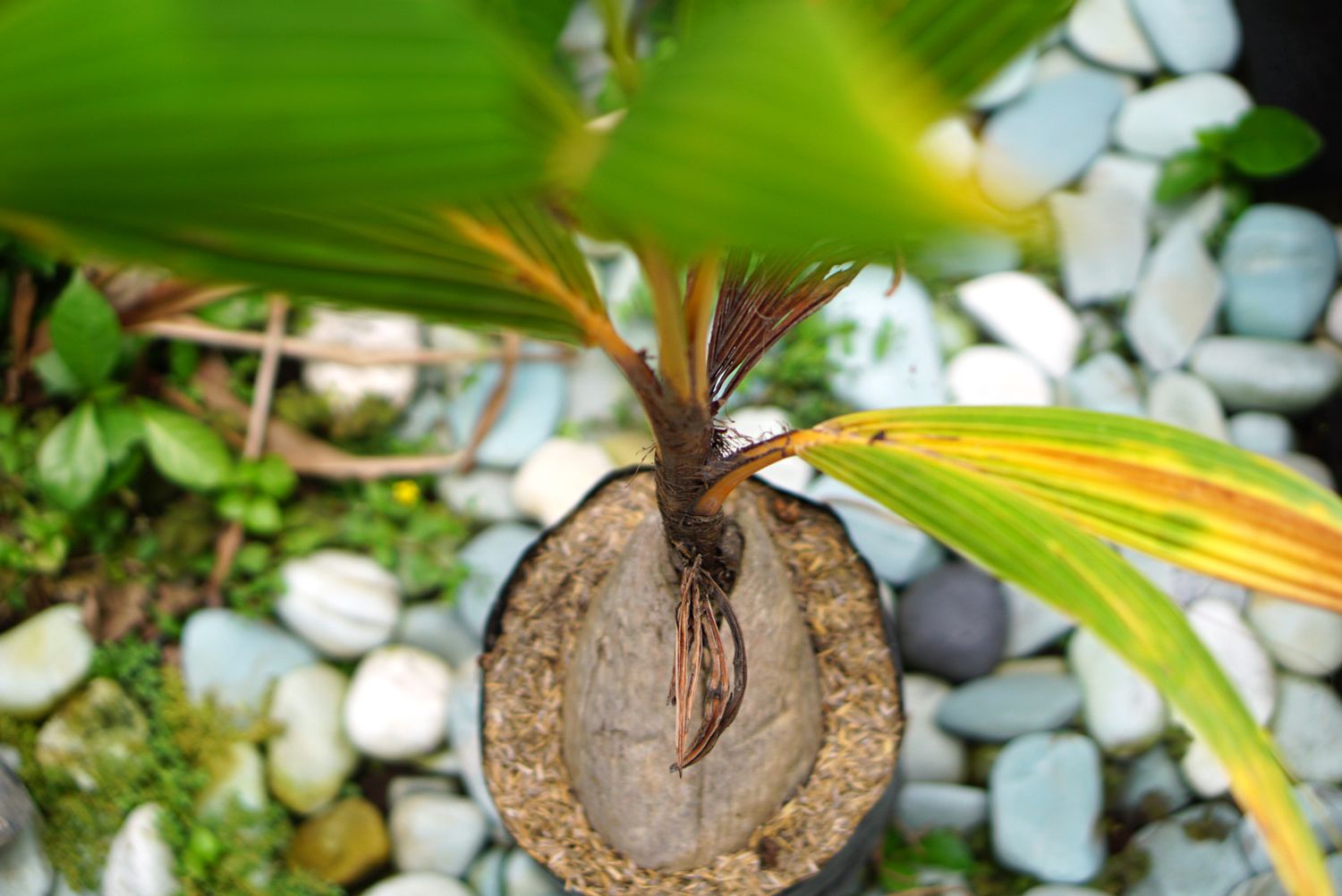
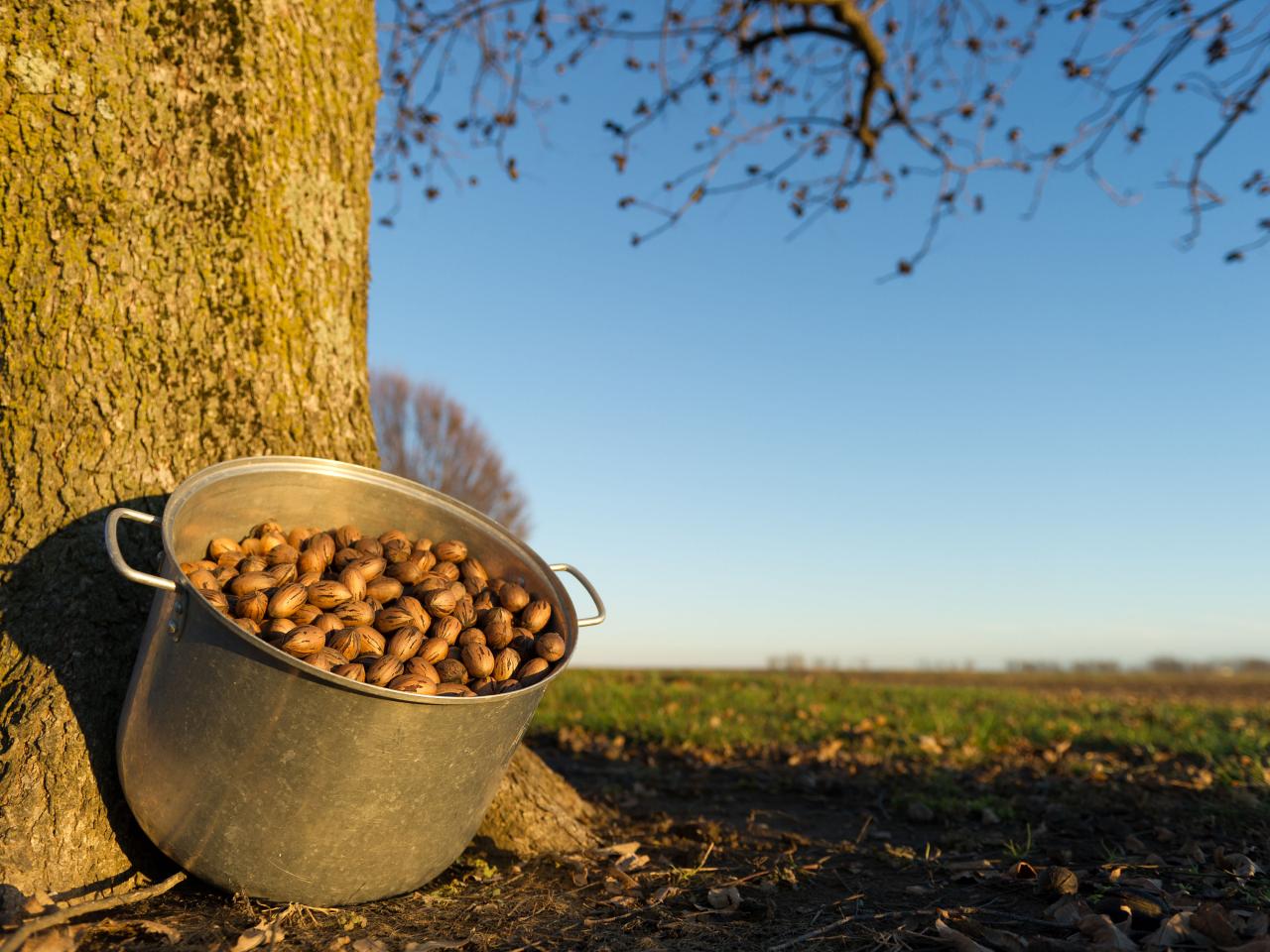
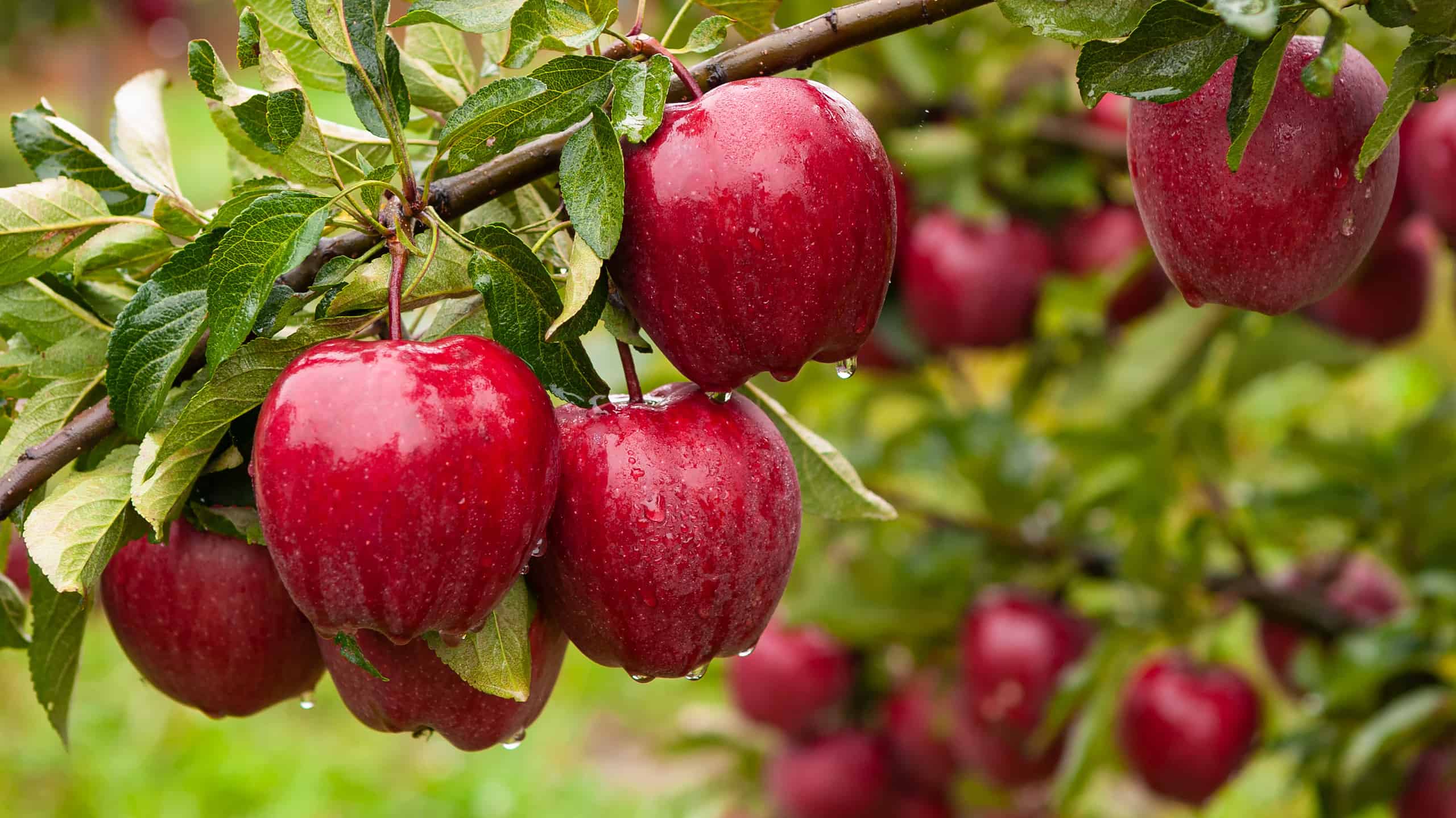
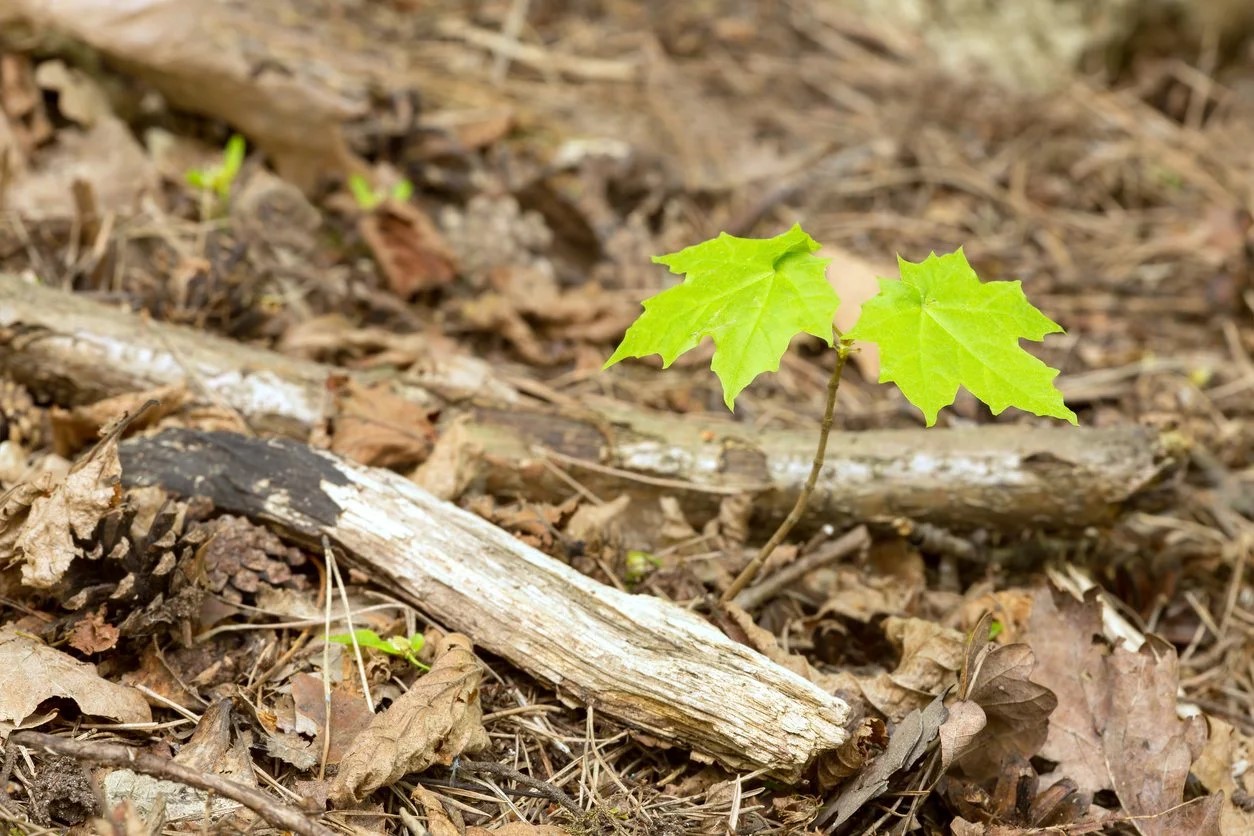
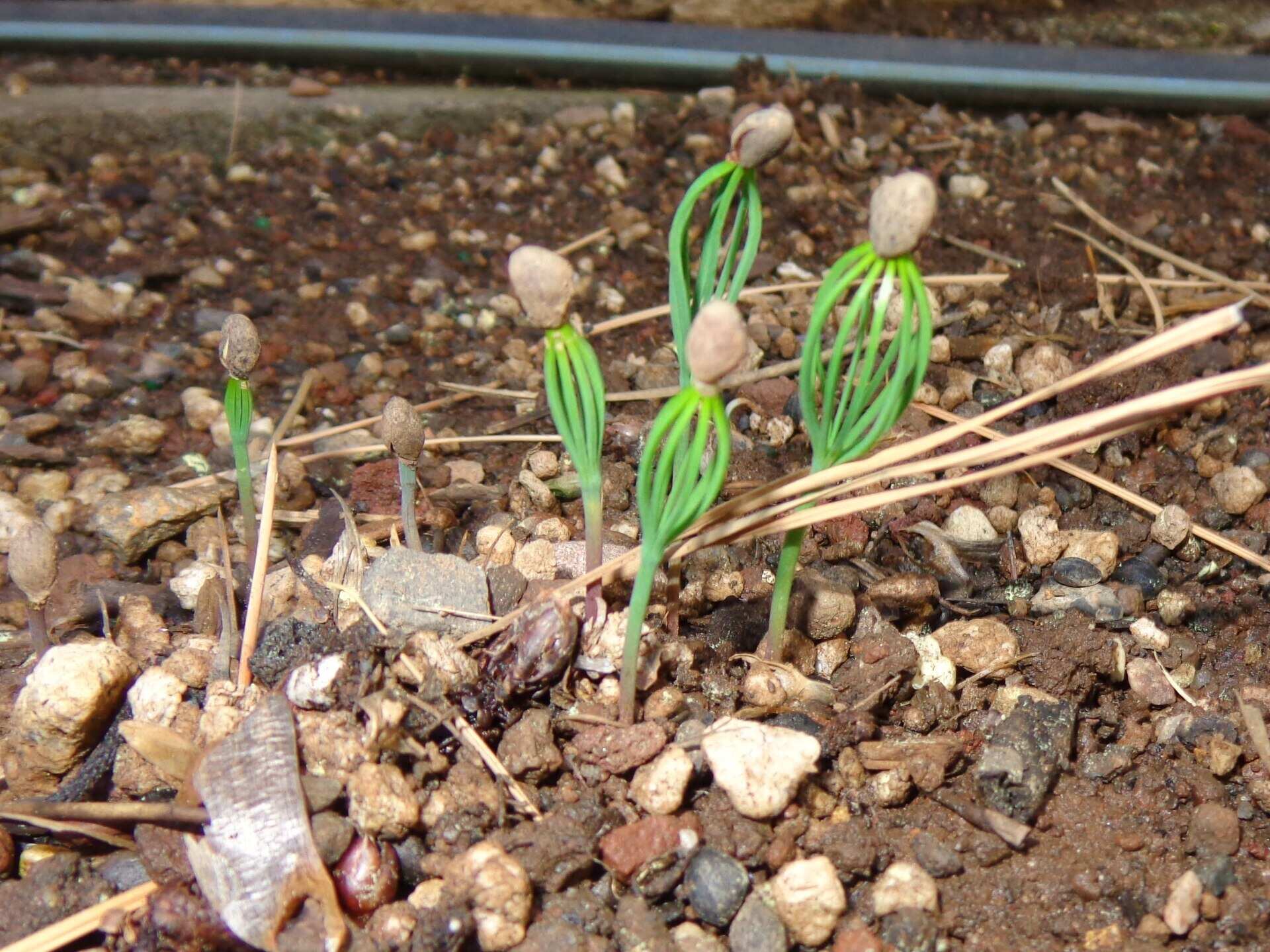
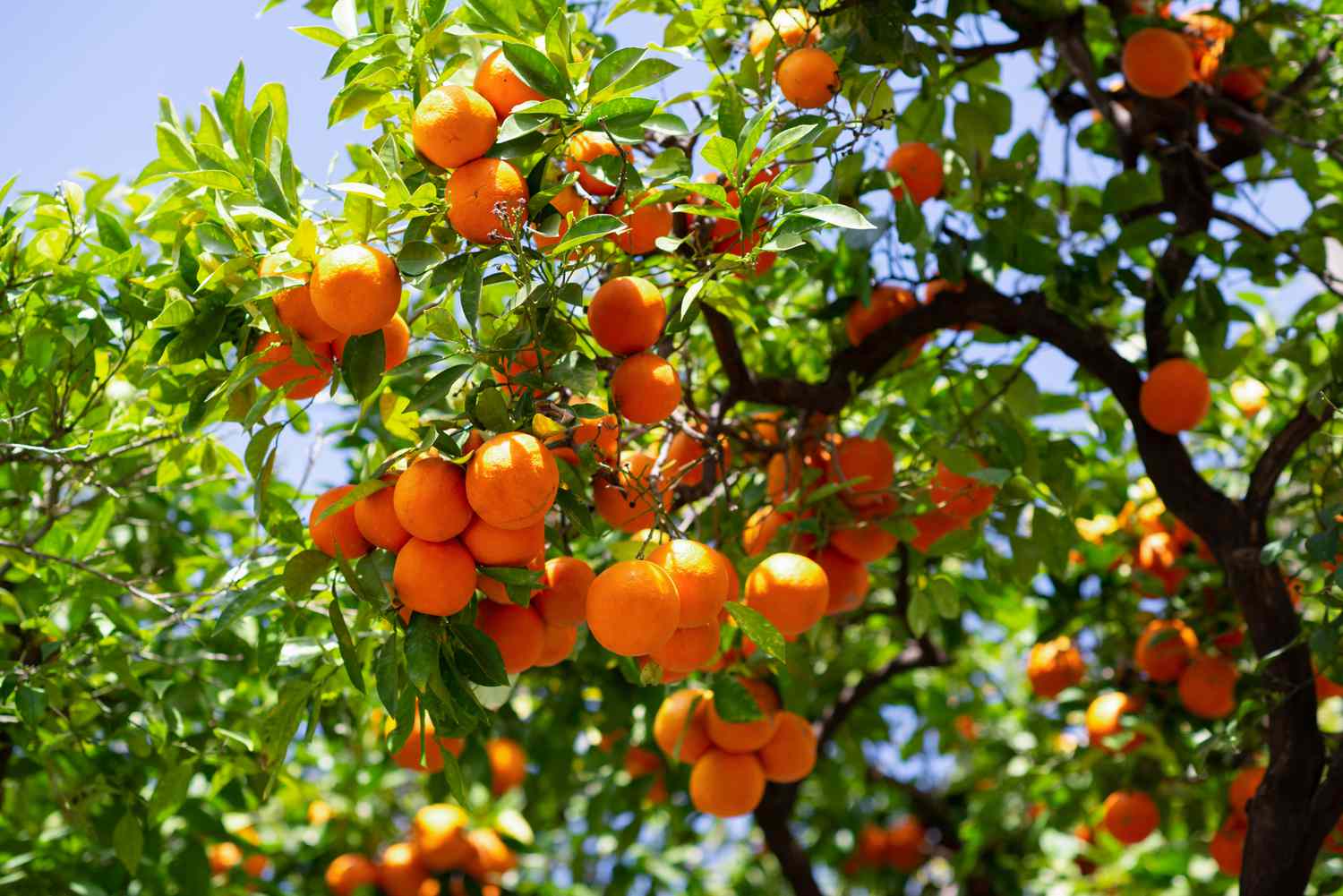
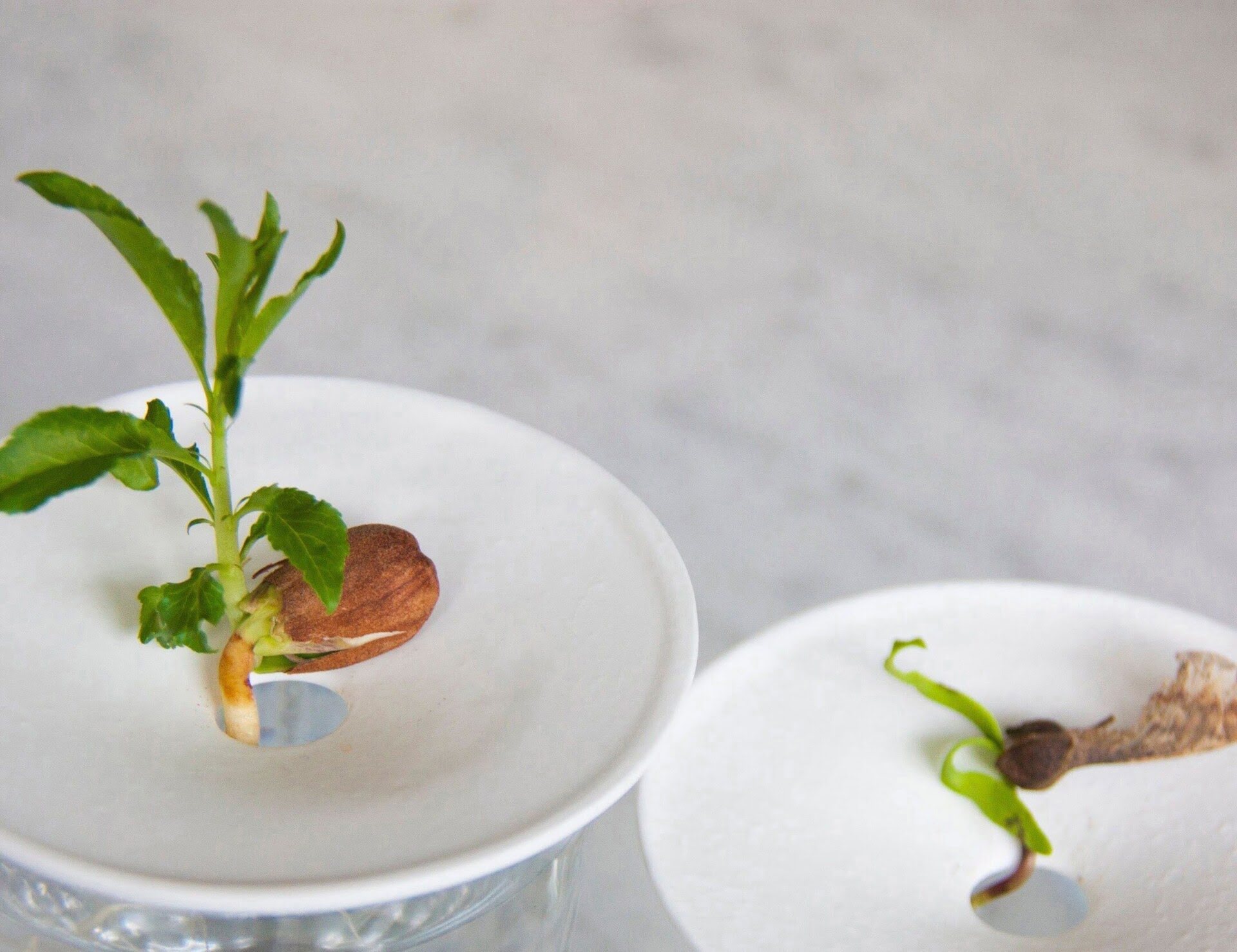
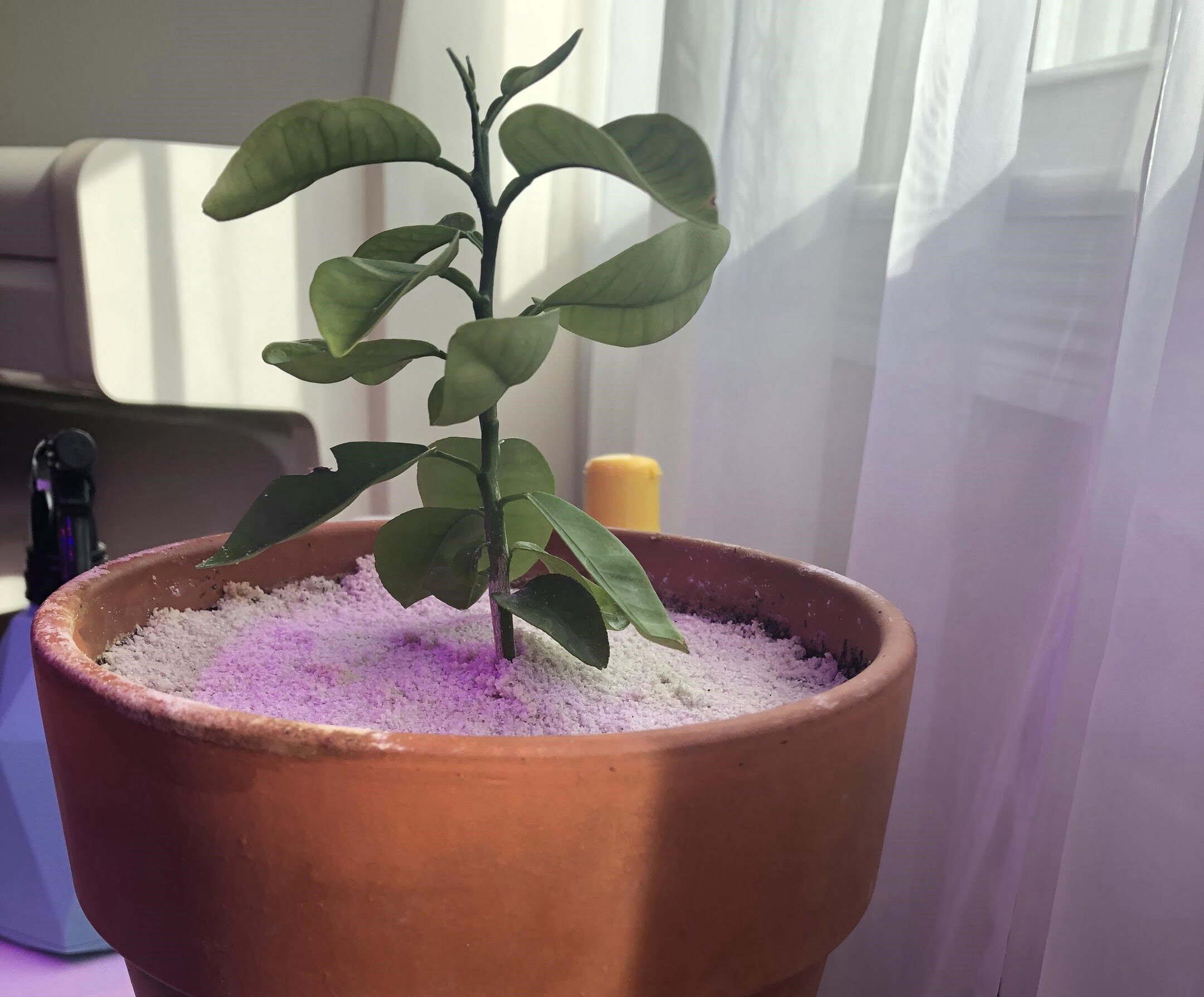
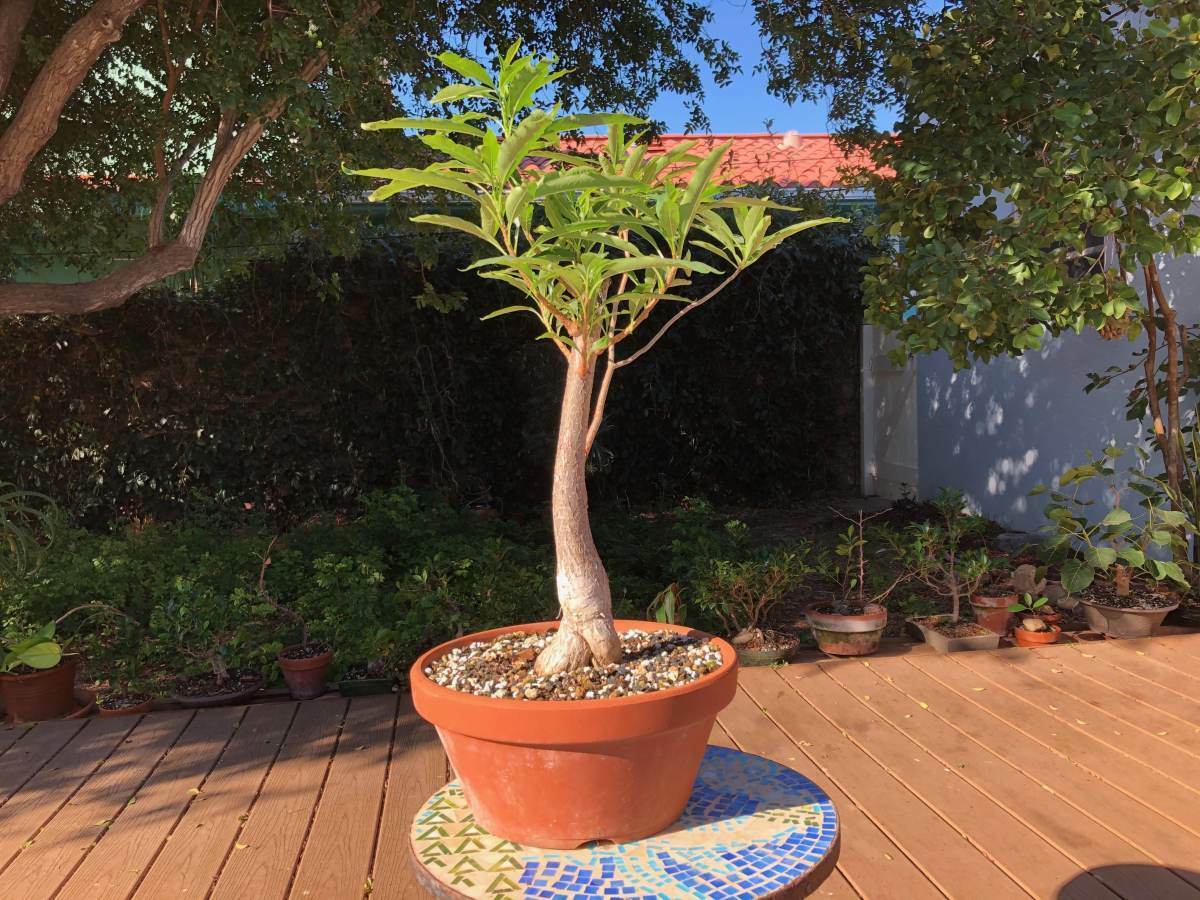
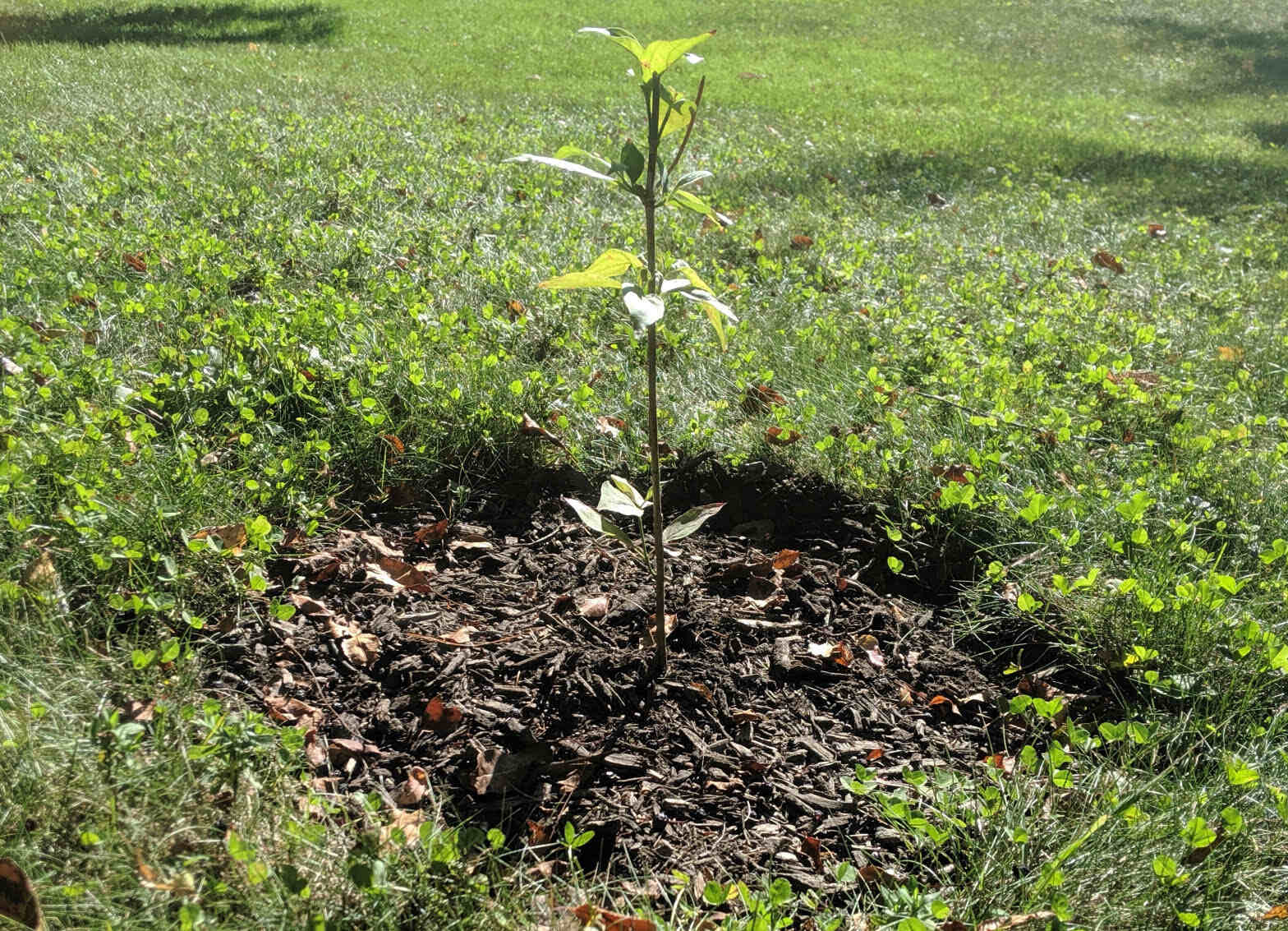
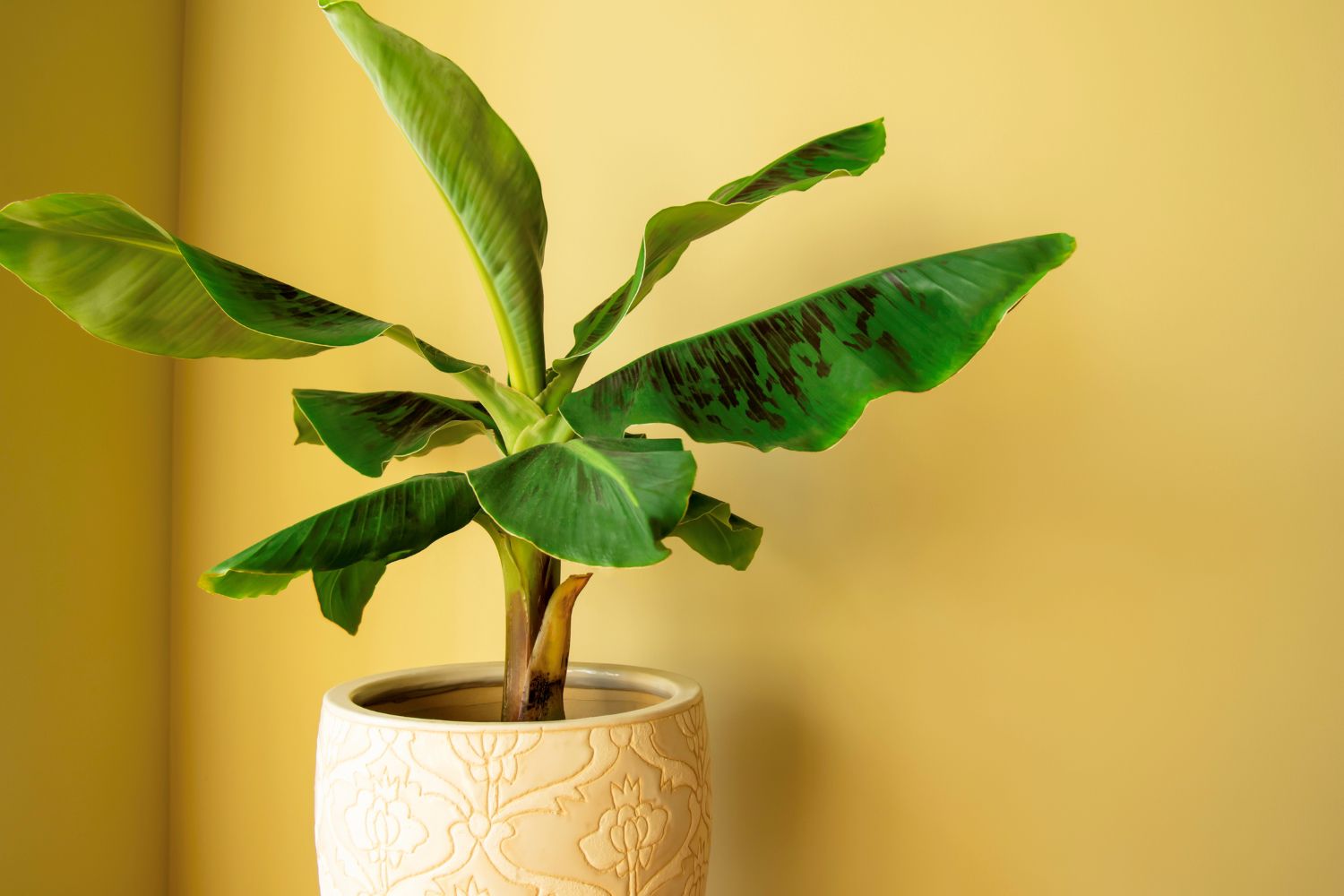
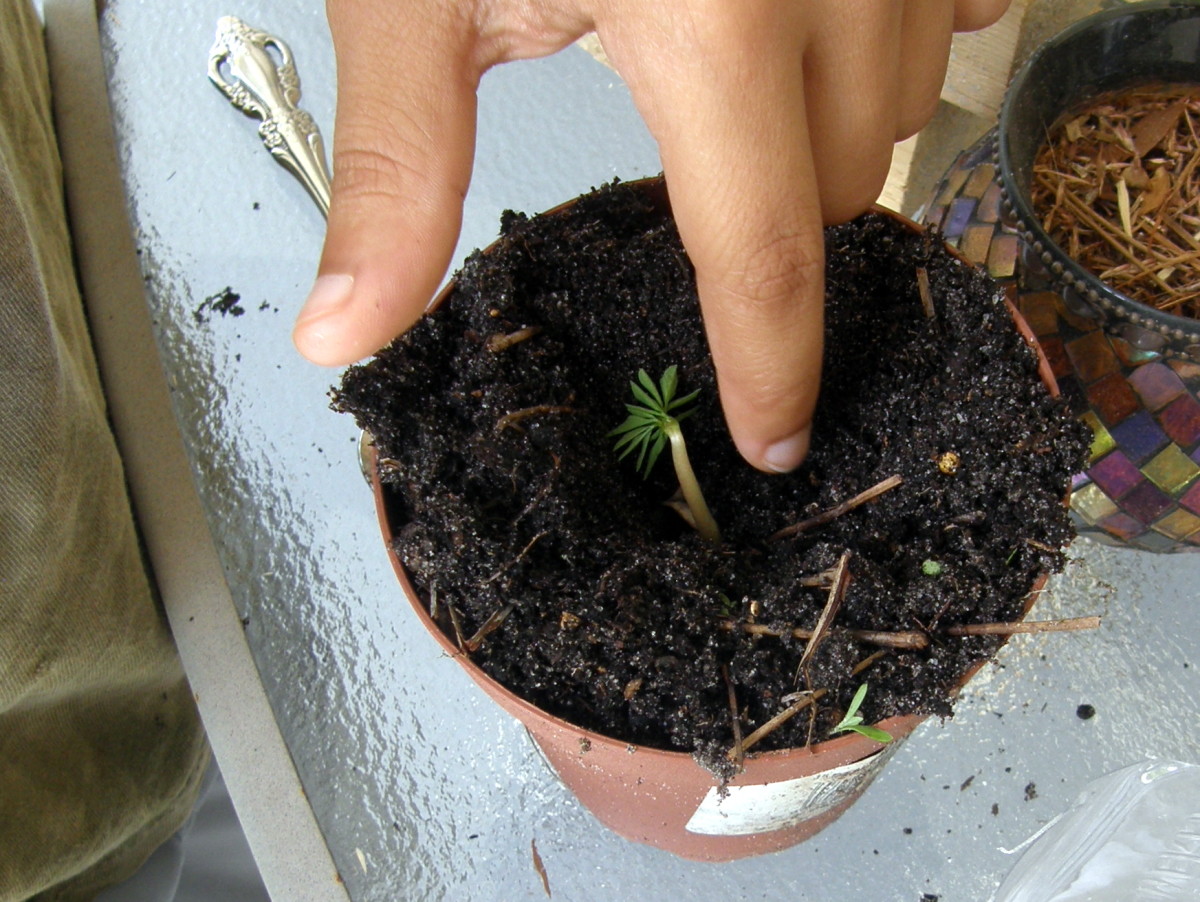
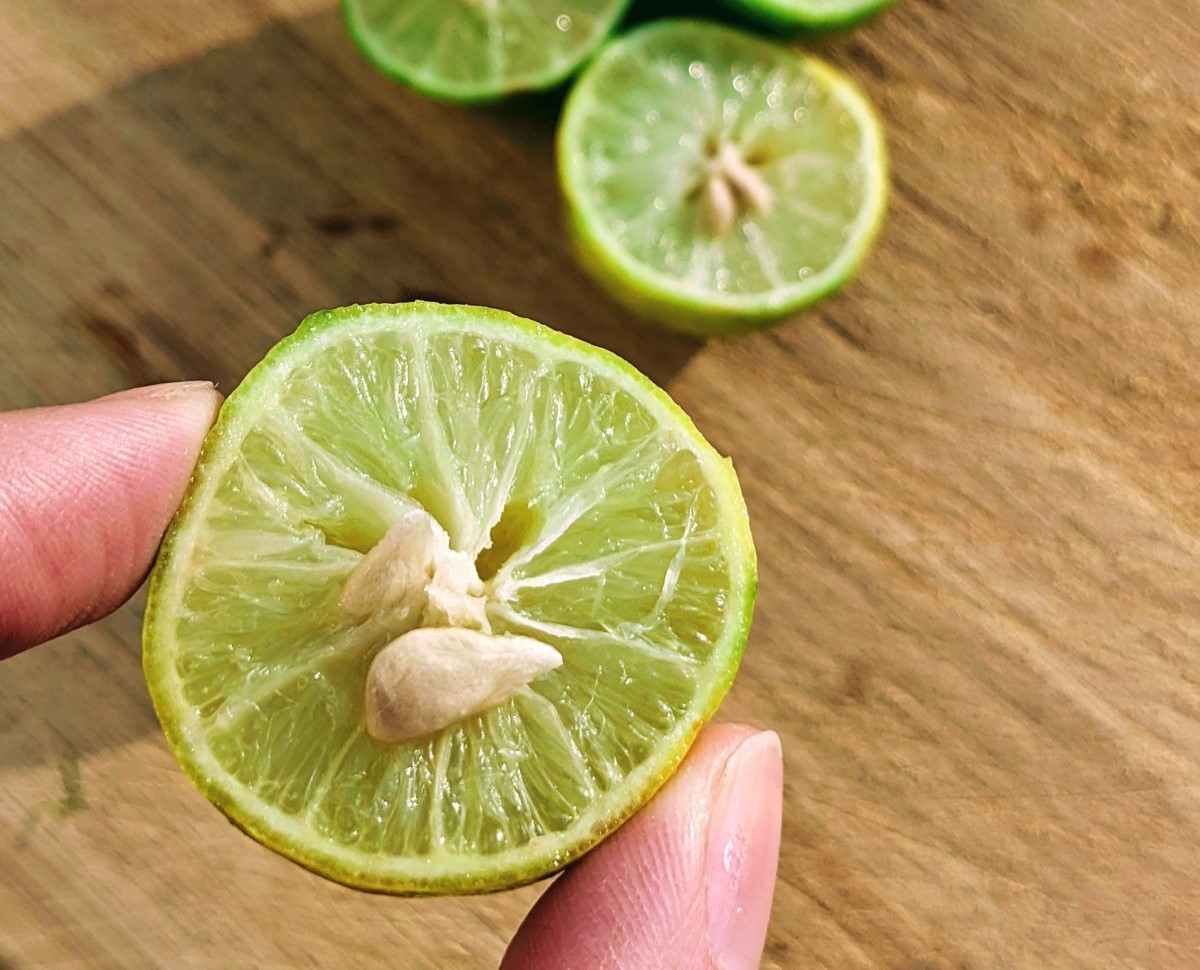

0 thoughts on “How To Grow Palm Tree From Seed”